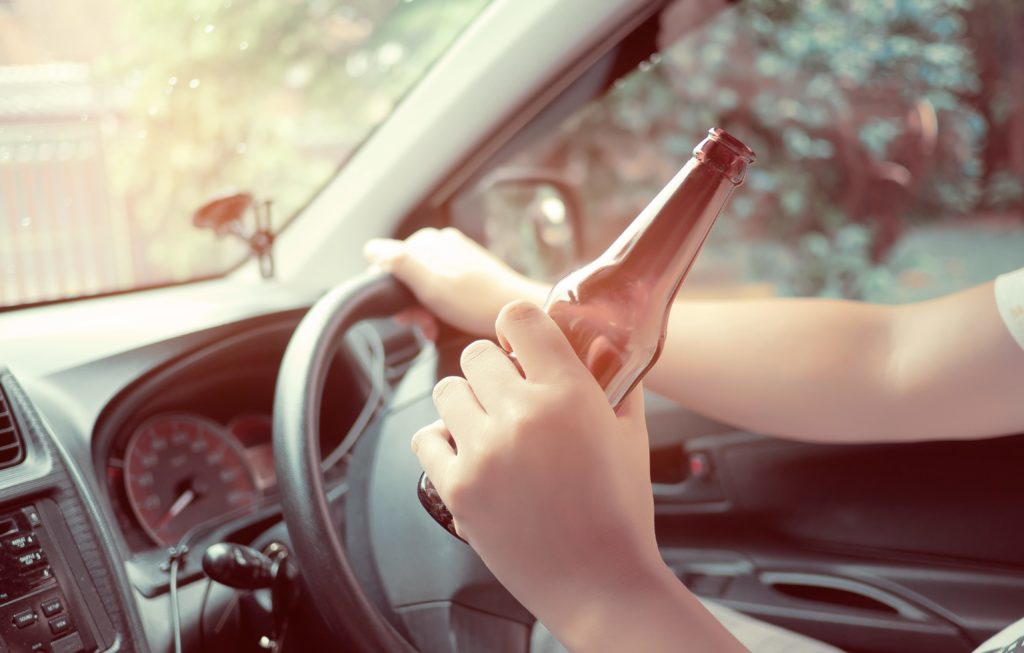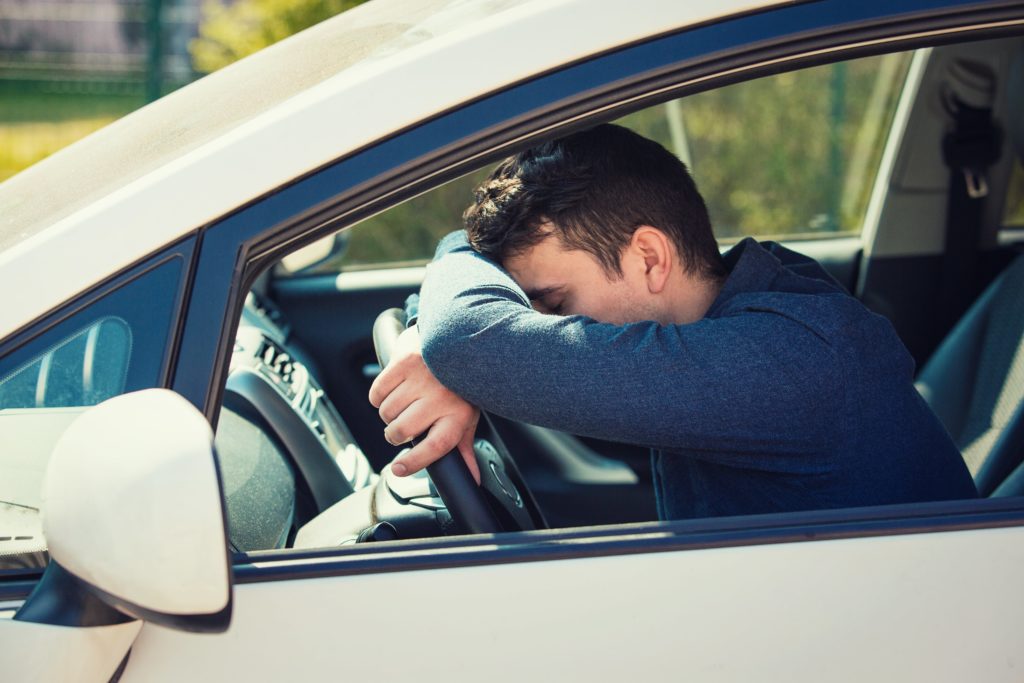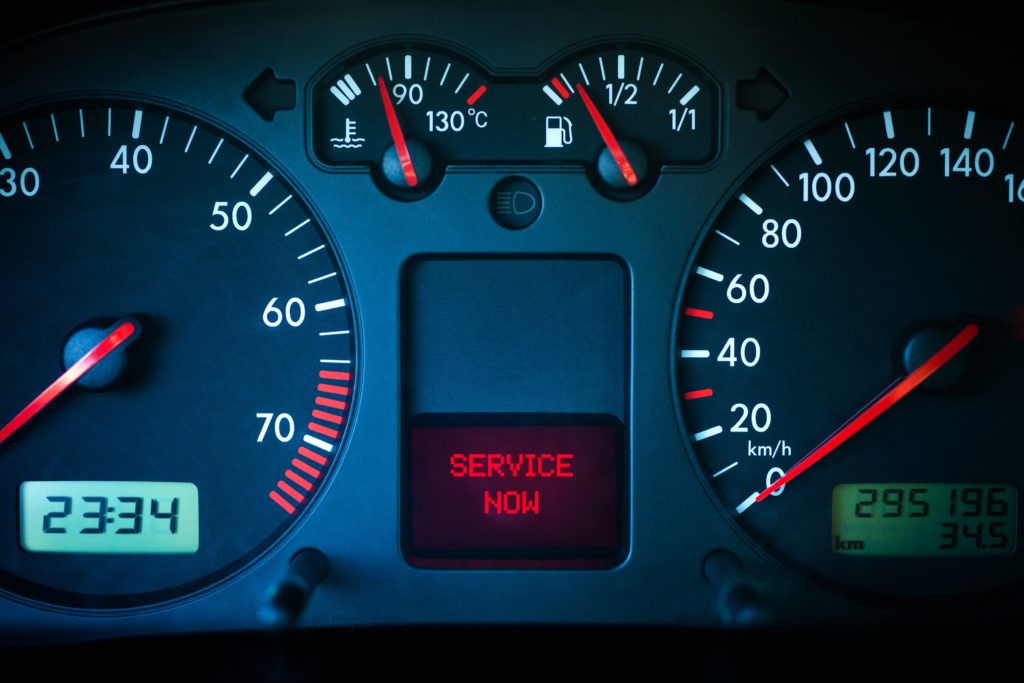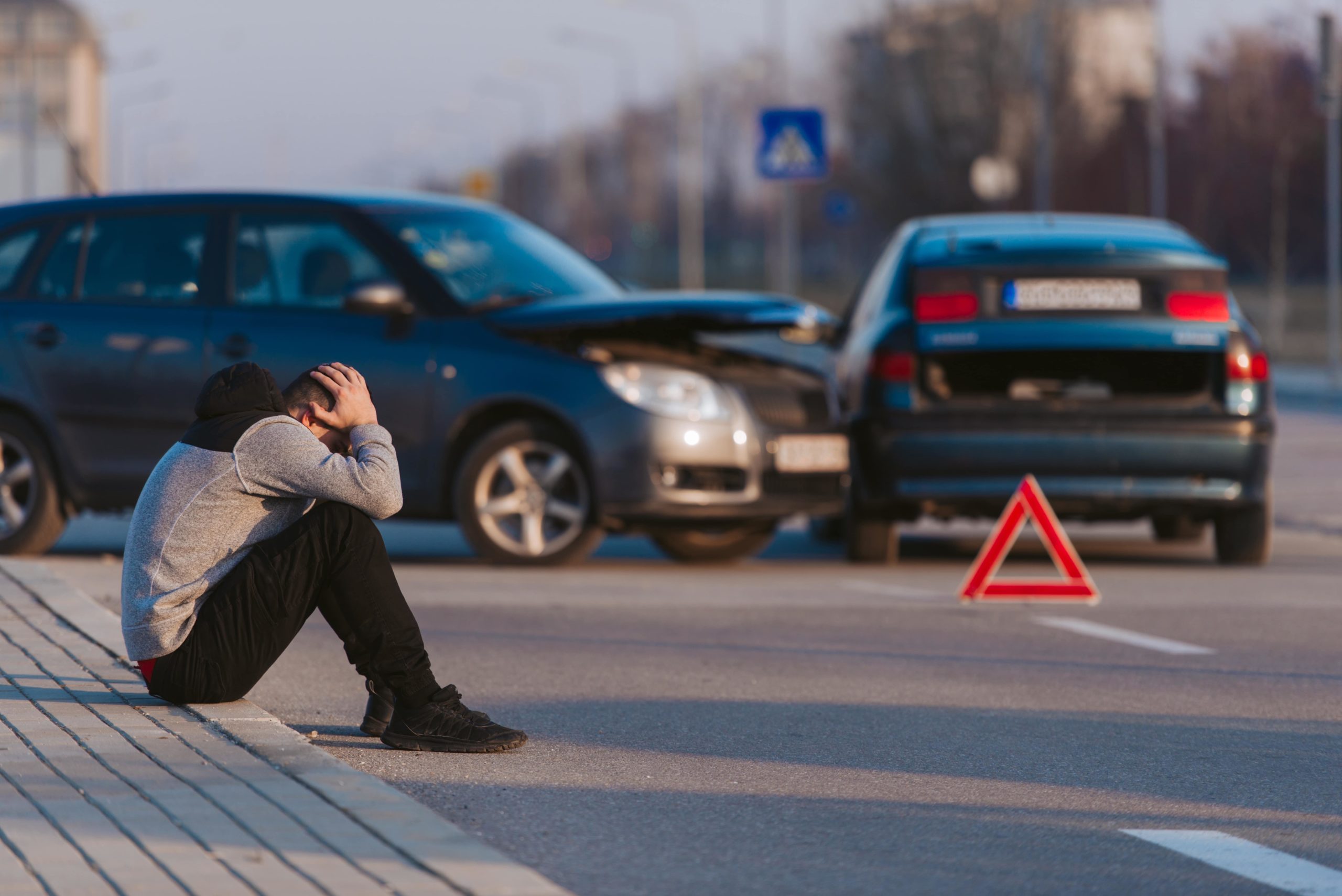The statistics for car accidents around the world tell one story: roads and highways can be dangerous. You need to understand the common causes of car accidents if you want to prevent them.
You can divide the causes into two main categories. The first category is driver error. All the other reasons are included in the second category. According to the National Highway Traffic Safety Administration (NHTSA), the leading cause of car accidents in the USA is human error.
However, the nature of the error may vary. So, what are some of the different scenarios of driving errors that may lead to accidents?
Distracted Driving
There are new driving techniques that allow you to drive on autopilot, and car manufacturers are designing cars that significantly lower human error. Nevertheless, you need to have your full focus and attention on the road because a small distraction can alter your life.
When you get distracted while driving, you endanger your own life and that of your passengers and any nearby pedestrians. Multitasking while driving can distract you from what is happening on the road. Trying to pick up something you dropped, eating with one hand, or adjusting the stereo volume increases the risk of causing an accident.
One of the biggest distractions is the use of cellphones while driving. The statistics showing the number of people texting while driving in the USA can be downright shocking. According to the National Safety Council, the use of cellphones while driving causes up to 1.6 million crashes every year.
Distracted driving is believed to be even more deadly than driving while under the influence. But why is multitasking such a big problem while driving? Studies show that the brain is not physiologically able to perform two critical tasks at the same time. The brain will only manage one task and ignore the other task.
But how does this relate to multitasking while driving? You can only avoid a hazard on the road if you are able to perceive it and take the appropriate action. Your perception of the danger and reaction to it may be the difference between causing an accident and safely avoiding one.
However, the margin of error is usually tiny. When you are doing something else while driving, such as texting or adjusting the radio, you may easily miss the opportunity to react appropriately to a potential road hazard.
The effects of distracted driving can be accidents that range from minor vehicle damage to severe injuries and even death. You may have to pay fines, lose your license, and end up in jail, depending on the laws and penalties that exist in your state.
Your insurance will also be affected because your insurance carrier may bring up the topic of your road violation at the next policy renewal.

Driving While Under the Influence
Since 2007, there has been a reduction in the number of traffic fatalities caused by driving under the influence. However, the casualties are still high. The CDC reports an average of 29 deaths every day in the United States. There have been numerous warnings, educational programs, stiff penalties, and public awareness programs to try and reduce these numbers. Still, people will find a way to get behind the wheel while intoxicated.
Drinking and driving are referred to as driving under the influence (DUI) or driving while intoxicated (DWI). Both offenses involve operating a vehicle while your blood alcohol levels are above 0.08 percent per cubic millimeter. This is not to imply that a low blood alcohol level does not have any effect. Scientific research shows that your driving skills may begin to deteriorate even at a blood alcohol level of 0.02 percent.
Alcohol impairs your ability to make sound judgments, concentrate, and react appropriately to emergencies. These are some of the skills that you need while on the road. If you do not have them, you may cause an accident and put yourself and others in danger.
According to federal regulations, driving while the level of alcohol in your blood is 0.08 percent per cubic millimeter or higher constitutes a DWI. The consequences may vary depending on the laws of your state. In Oakland, California, you may end up paying hefty fines, spending time in jail, taking an alcoholism treatment class, and even doing community service.
Some states have put in place laws that aim to reduce accidents caused by drinking and driving. For instance, the state of California has stringent zero-tolerance laws that aim to curb underage drinkers from getting behind the wheel.
Drinking is illegal for anyone under the age of 21, and lawmakers are calling for tougher punishment. You may face severe legal penalties when you drive while under the influence.
The consequences of a DUI and DWI can massively impact your finances, relationships, family, and employment opportunities. If you plan to have a drink, you should consider having a designated driver or calling a cab or an Uber to take you home. Better yet, you can choose to have your drinks from the comfort of your home.

Drowsy Driving
Falling asleep while driving is a significant problem in the United States. According to the CDC, there are about 6000 fatal accidents every year caused by drowsy drivers.
Drowsy driving happens when you are feeling tired and sleepy. It can be caused by taking certain medications, being tired because of a heavy workload, or if you have any untreated sleeping disorders. You can easily cause a road accident if you fall asleep while driving. You may crash into another vehicle or something else and hurt yourself.
Falling asleep behind the wheel is not the only problem that may arise when you are tired and sleepy. Your concentration levels will drop, and you will pay less attention to the road. It then becomes easy to miss road signs that are warning of a sharp corner or a hazard, such as a pothole.
Drowsiness may also reduce your reaction time, making you less likely to notice a problem and react to it in time. Also, you may easily overreact in a dangerous situation, such as swerving when you see a deer on the road.
There are some warning signs that you can watch out for to know if you are too tired to drive. They include:
- Frequent yawning and blinking
- Often drifting from your lane
- Not remembering the distance you have driven
- Difficulty in maintaining your head upright
- Missing your exit
- Hitting the rumble strip on the side of the road
When the signs are easily noticeable, you should not ignore them. Increasing the volume of your stereo or rolling down your window may not be entirely effective in dealing with your sleep.
Instead, you should find a place to pull over and rest. You may also choose to get another person to drive the vehicle.
There are several steps you can take to prevent drowsy driving. First, you should ensure that you get enough sleep every day. An adult requires about 7 hours while a teen needs 8 hours of sleep. Secondly, you should also develop good sleeping habits such as going to bed at the same time and not watching television before bed.
Thirdly, alcohol and medicine may make you sleepy. Read the labels before taking any mediation. If you have plans to drive, postpone them. If you suffer from any sleep disorder, you should consult with your doctor for a treatment plan.
Reckless Driving
Reckless driving is a traffic violation that includes the complete disregard of road signs, signals, and laws. It involves traveling at high speeds or driving dangerously. The result may be an injury due to a car accident or even death.
Every state has its particular definition of reckless driving. Some of the standard driving mistakes that can lead to reckless driving include:
- Not stopping when you see a red light or a stop sign
- Driving too close to the car in front of you
- Making emergency brakes in the middle of the road
- Failing to use your indicators when switching lanes
- Failing to use headlights at night or when it is raining
The state of California considers reckless driving to be a misdemeanor. If found guilty, you can spend up to 90 days in a county jail or pay a fine of up to $1000. You may face even stricter penalties when you cause an accident that injures or kills someone.
A reckless driving conviction may lead to the suspension of your driving license. Your car insurance costs may also increase. There are two types of reckless driving charges that you may face in California.
A dry reckless driving charge – It involves driving recklessly while not under the influence of alcohol. It is a misdemeanor that can lead to a possible fine, a jail term, or even probation. It will appear on your record as a reckless driving charge.
A wet reckless driving charge – It involves reckless driving arising from the use of alcohol. This conviction is very similar to that of a DUI. You may have to pay a fine, take educational classes, or go through a probationary period. Your license may not be suspended, but the charge will appear on your record. When you face a DUI charge within ten years after the wet reckless driving charge, that new DUI will be considered a second charge.

Mechanical Failure
Your vehicle can experience mechanical failure at any time and for different reasons. You may be able to identify some of the failures and rectify them. However, some mechanical failures are beyond the expertise of the average vehicle driver.
Some accidents may arise due to car malfunctions that can be traced to the manufacturer. When manufacturers identify an error, they can make recalls of all the vehicles they had released during that period. In some cases, investigations by Congress or the filing of a class-action lawsuit may force the manufacturer to pay the affected victims.
Most often, the recall may happen when several accidents happen due to a specific error in the car design. The year 2015 saw close to 51 million vehicles being recalled due to defects.
Many of the defects were severe safety issues, such as faulty ignition switches and defective airbags. If a car accident occurs, you should have a car inspection done to determine if mechanical failure was the cause of the accident.
Mechanical failure may also arise if you do not conduct frequent car maintenance. When you use a vehicle, your brakes, tires, and tie rods are prone to wearing out over time. You need to attend to them promptly to ensure that they are always working effectively. Failure to do so may easily cause an accident if any of the moving parts malfunctions.
The main problem with mechanical failure is identifying who is liable when an accident occurs. If you took the car in for maintenance and your mechanic replaced a new part that failed and led to the disaster, your mechanic may be liable for the injuries caused.
If the car was new and did not undergo any maintenance, then the fault goes back to the manufacturer. And if you did not take proper care of the vehicle by taking it for maintenance, then you may be liable for the accident.
Learn More At Quirk Reed LLP
Each year, road accidents kill an average of 150 people in Oakland, California. This indicates that Oakland is one of the most accident-prone areas in California. Rear-end collisions and single-car crashes account for the largest number of car accidents in California. Although the number of fatalities is reducing, about 3000 people lose their lives on California roads every year.
As you drive your vehicle, you need to be aware of the various perils that may occur on the road. Be on guard every time you drive to help prevent any accident that may arise from human error.
Additionally, take your car in for routine maintenance. If you are involved in an accident, you can contact us today, and we will find the best way to help.

